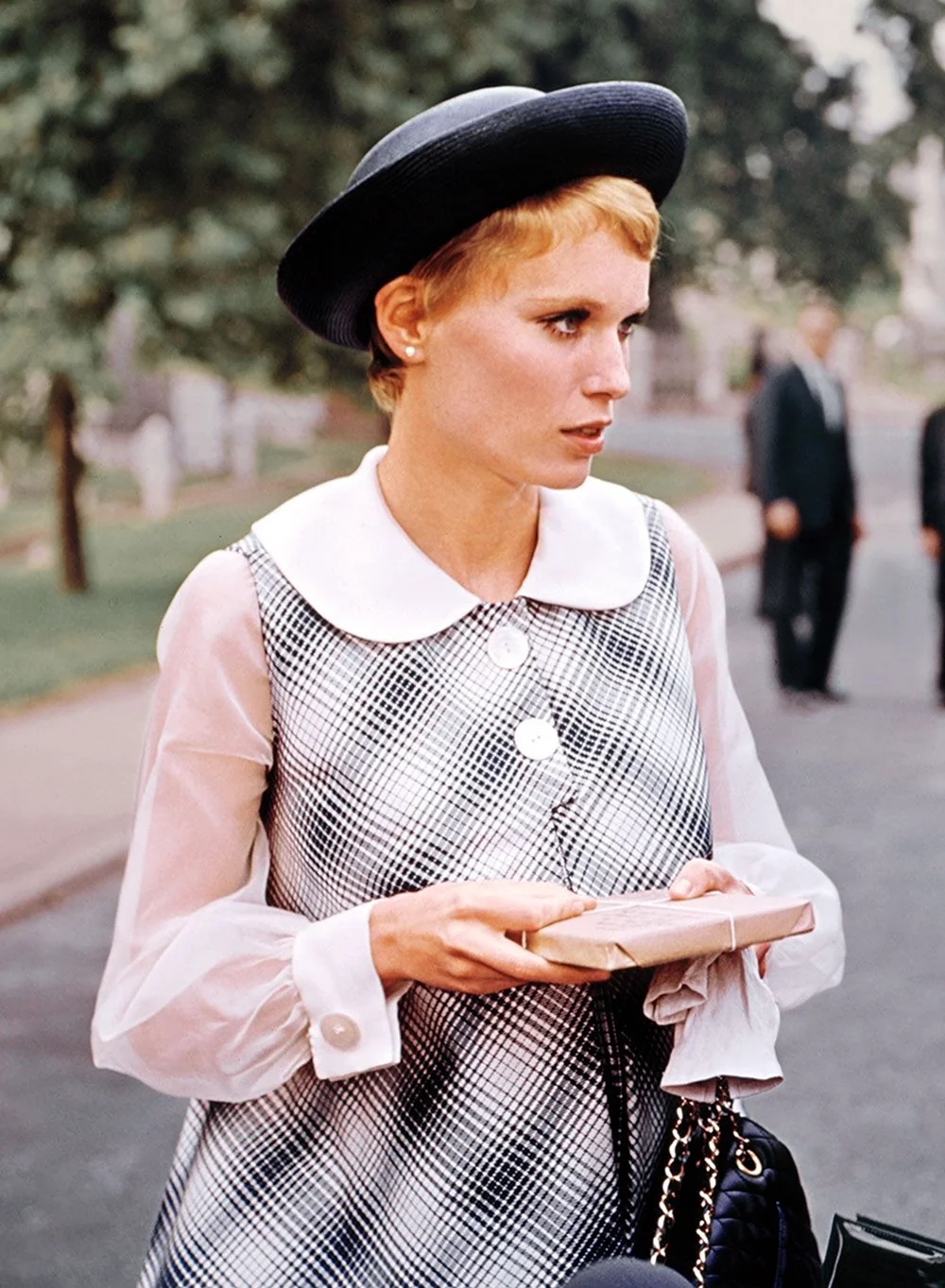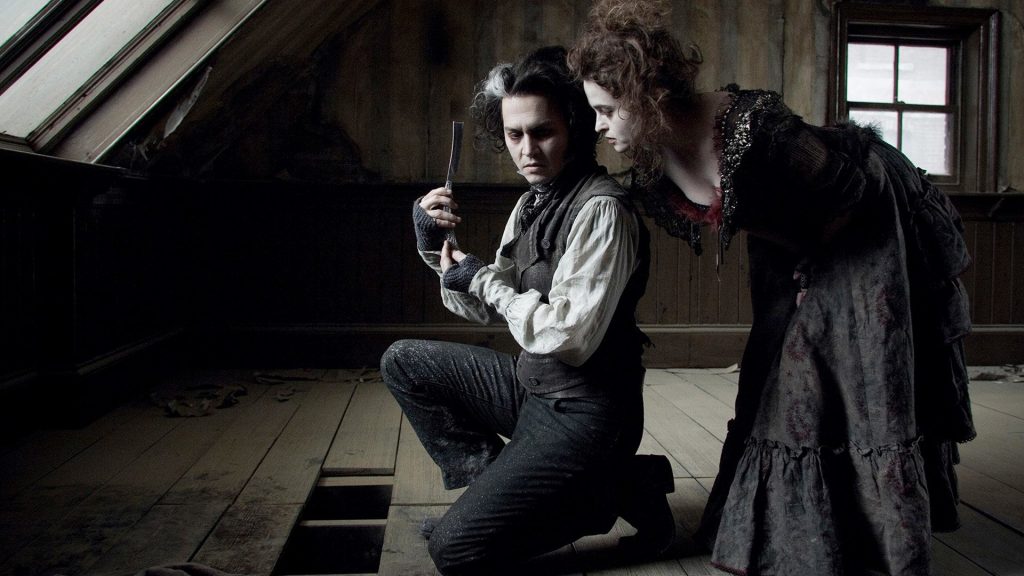Blog
DECODING THE LANGUAGE OF FASHION IN THE WORLD OF HORROR FILMS
The World of Fashion

Sweeney Todd: The Demon Barber of Fleet Street (2007)
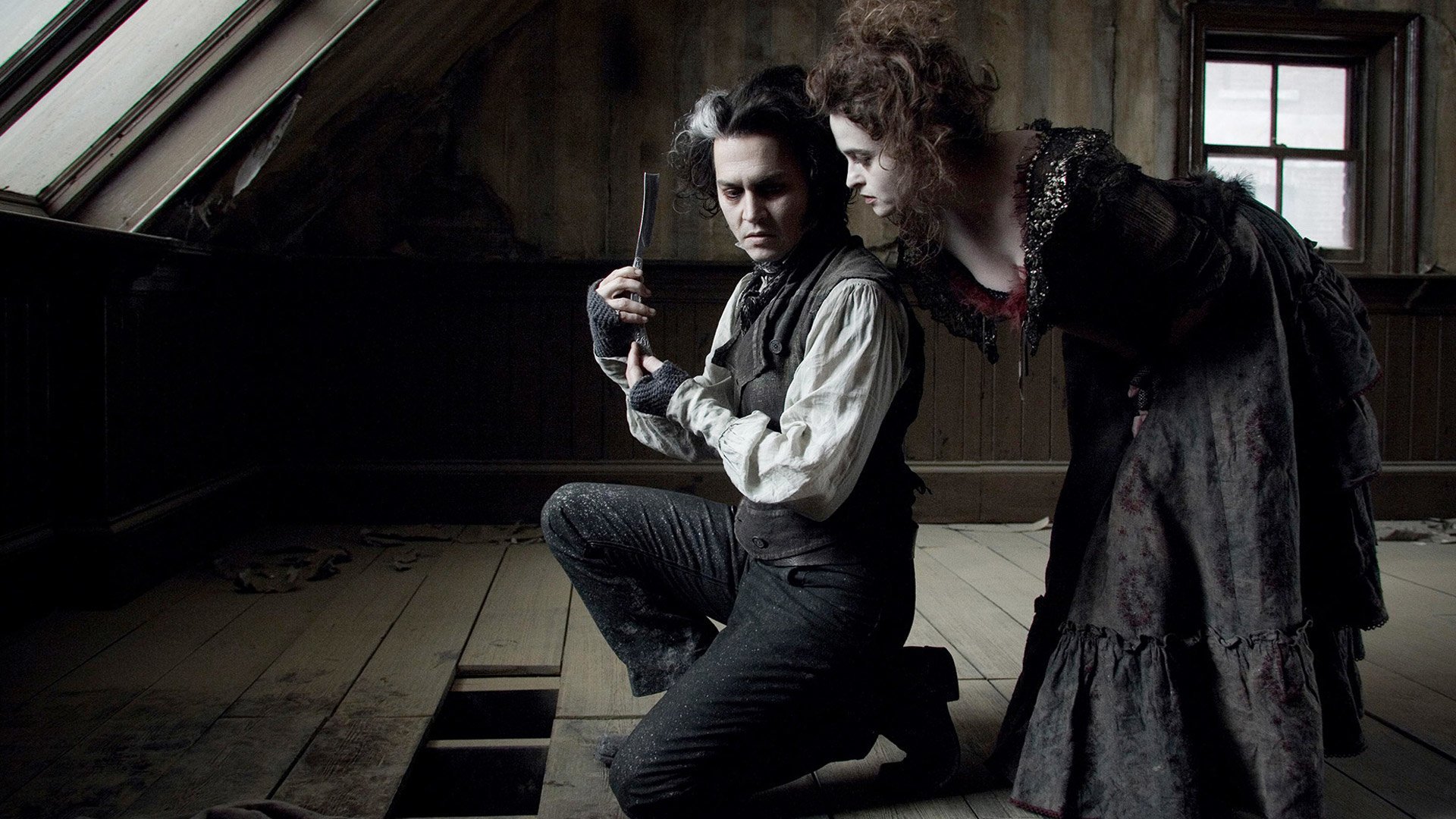
Colleen Atwood brought an artistic, dark fashion showcase to Tim Burton’s film Sweeney Todd: The Demon Barber of Fleet Street. Set in mid-19th century London, the movie portrays a dark English society with classic gothic elements. The costumes not only reflect the historical context but also serve as a tool to express the characters’ psychology and societal class divisions. Sweeney Todd (played by Johnny Depp) wears a torn black coat, symbolizing a man destroyed by hatred and a thirst for revenge. Todd’s outfits not only depict his misery but also create the image of a cold-blooded killer.
In contrast, Mrs. Lovett (played by Helena Bonham Carter) – an ambitious character – displays her personality through her intricately chosen costumes. Long, elaborate dresses with ruffles and corsets highlight her vanity and also reflect Victorian-era fashion. Details such as fingerless gloves, dark stockings, and subtle touches of red or deep blue clearly represent her social class and circumstances.
Death on the Nile (2022)
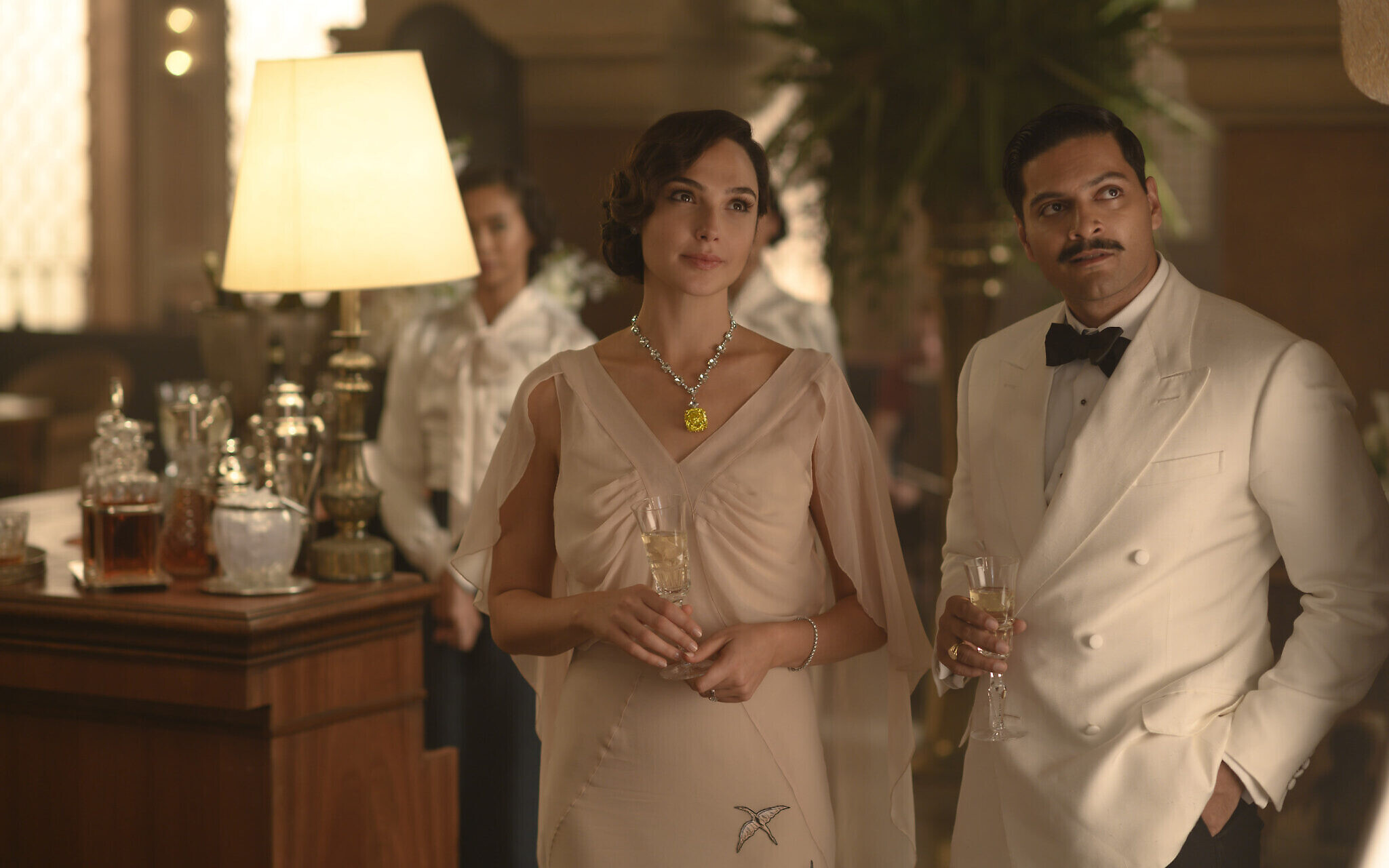
Set in the 1930s, Death On The Nile is not strictly a horror film, but it’s dark and suspenseful enough with a murder taking place aboard a cruise ship in mysterious Egypt. Costume designer Paco Delgado skillfully transforms fashion into a language that conveys the dark and thrilling narrative of Kenneth Branagh’s film. Linnet Doyle (played by Gal Gadot) dons elegant and seductive outfits that reflect her social status. The 128.54-carat Tiffany diamond necklace, a symbol of power and glamour, is not just an accessory but an integral part of the plot. The opulence of the aristocratic class is vividly portrayed through perfectly tailored suits, glamorous evening gowns, and carefully selected accessories. Delgado also creates a contrast between the colors of the costumes and the majestic Egyptian scenery, especially with pastel tones like light blue, pink, or soft yellow, offering a sense of elegance and freshness while evoking a retro feel.
The Neon Demon (2016)
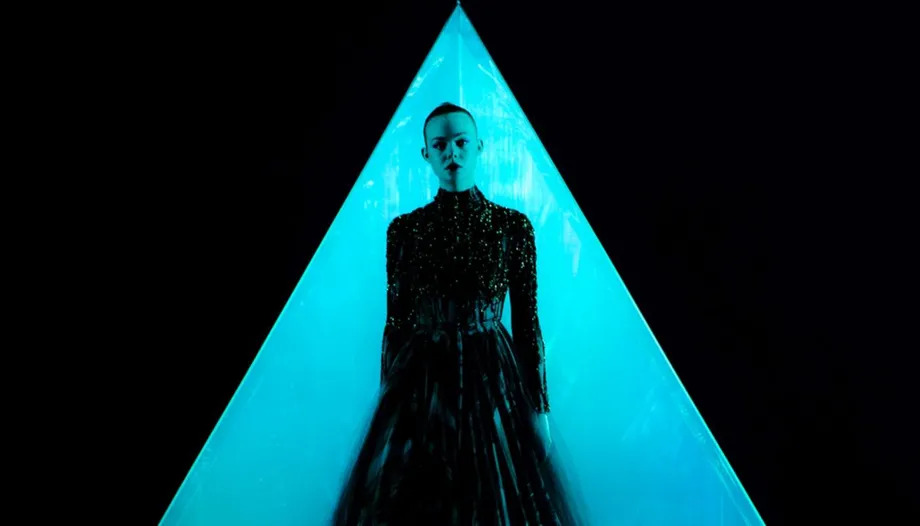
Nicolas Winding Refn’s The Neon Demon exposes the dark side of the glossy fashion industry, where beauty and youth are paramount. Fashion in the film, designed by Erin Benach, is a mix of glamorous, superficial allure and brutal, deadly consequences. Jesse (played by Elle Fanning) starts in innocent dresses, symbolizing her purity and naivety as a newcomer to the fashion world. However, as she delves deeper into a world full of traps and fierce competition, her wardrobe shifts to bold, seductive designs from Saint Laurent’s Spring-Summer 2015 collection. This transformation not only reflects the character’s growth but also serves as a warning about the price of fame and beauty in the fashion world. Vibrant colors, sparkling fabrics, and elaborate designs contribute to creating a dazzling yet conflicted portrayal of the fashion industry.
Nocturnal Animals (2016)

Renowned designer Tom Ford brings a special definition of fashion to Nocturnal Animals, blending beauty with something terrifying and haunting. The costumes in the film reflect the moods and circumstances of the character Susan (played by Amy Adams) as she confronts conflicting emotions from her past and present. The luxurious, extravagant outfits Susan wears represent her lavish lifestyle but are tinged with dark, cold tones, hinting at emptiness. Ford skillfully integrates subtle design details to highlight the character’s complexity, providing viewers with a visual contrast that evokes emotional resonance.
The Cell (2000)

The Cell is a unique sci-fi horror directed by Tarsem Singh, where fashion plays a crucial role in shaping the film’s complex psychological world. The film follows Dr. Catherine Deane (played by Jennifer Lopez), a psychologist who uses advanced technology to enter the mind of a serial killer in hopes of locating his final victim. The psychological world in The Cell is not only a fantastical cinematic experience but also a visual feast for fashion aficionados. Costume designer Eiko Ishioka created outfits that push beyond the limits of reality, turning jumpsuits and transparent dresses into symbols of futuristic fashion. This style not only complements the film’s fantasy setting but also enhances the storytelling through visuals, creating a stark contrast between the real world and the villain’s distorted inner world.
Every costume in the film carries strong symbolism, from the simple yet powerful black jumpsuits to the pristine, floating white robes that suggest purity. In The Cell, fashion not only helps distinguish characters and settings but also evokes the internal struggles between good and evil, between reason and emotion within Catherine’s character.
The Hunger (1983)
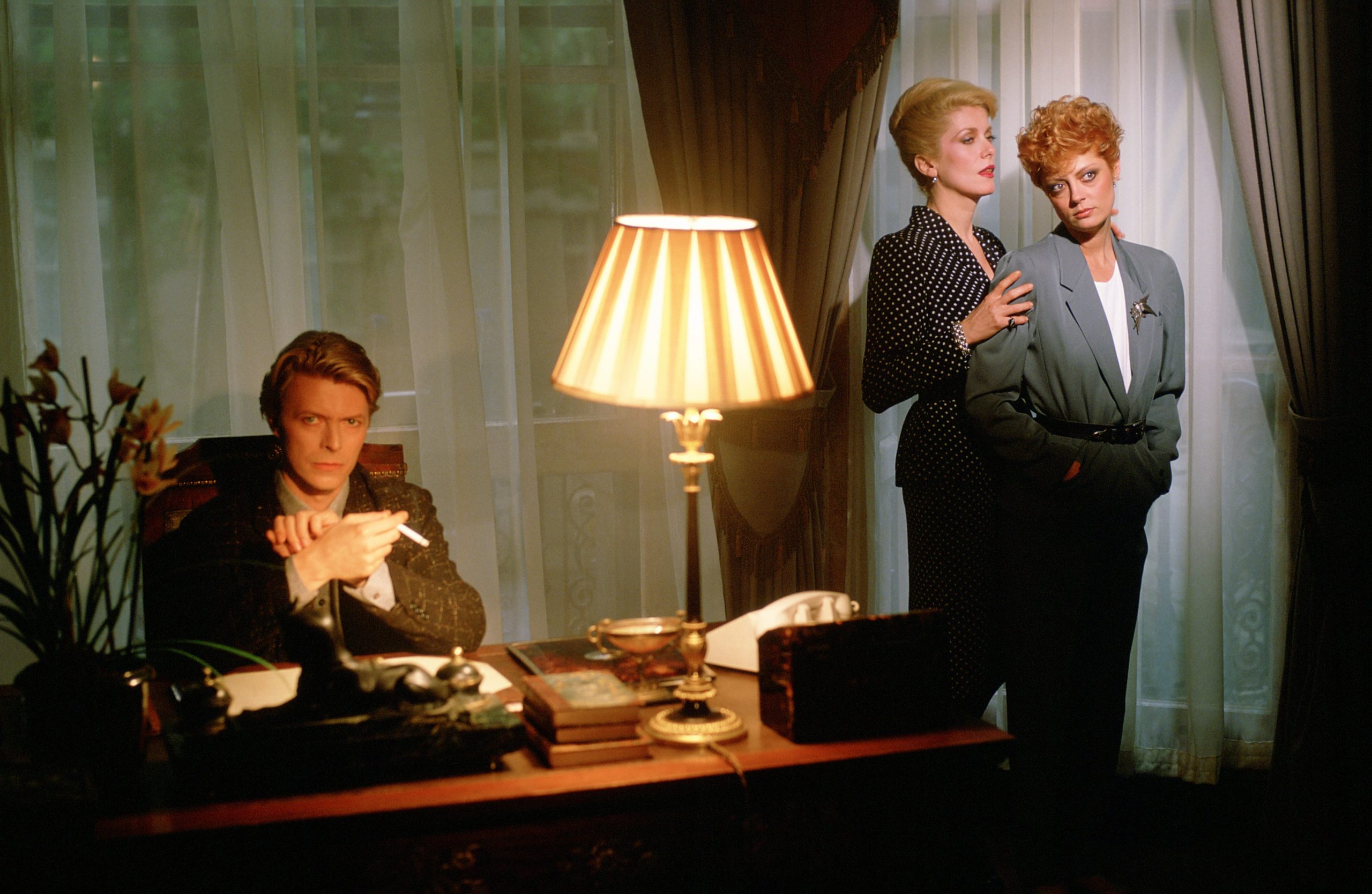
The Hunger is an American horror film notable for its unusual allure, set against a gothic, romantic, and dark backdrop. The film revolves around a love triangle involving vampire couple Miriam Blaylock (played by Catherine Deneuve) and John Blaylock (played by David Bowie), and the arrival of Sarah Roberts (played by Susan Sarandon), a doctor specializing in sleep and the aging issues of vampires. However, what stands out in The Hunger is not only the thrilling vampire plot but also the classic fashion style that exudes the deadly charm of the immortal creatures. Dark colors, luxurious fabrics, and vintage styles reflect the vampires’ ruthless nature. However, the elegance of the designs hides their bloodthirsty instincts. In contrast, Susan Sarandon’s character, Sarah Roberts, dresses in a casual, everyday style, creating a sharp contrast between life and death, humanity and the vampires’ mysterious allure.
Rosemary’s Baby (1968)
Roman Polanski’s Rosemary’s Baby (1968) is a psychological horror masterpiece where fashion plays a vital role in portraying the transformation of the character Rosemary Woodhouse (played by Mia Farrow). The fashion in the film is strongly influenced by the Modernist movement, aligning with the dark progression of the story. The costume design team created a relatable image to evoke an intense sense of claustrophobia for the viewers. Initially, Rosemary’s style is sweet and innocent, following the Mod trend with babydoll dresses, Peter Pan collars, berets, and pastel colors. However, as the story becomes darker and more mysterious, her clothing transitions to simpler, colder, and sharper designs. This contrast helps to highlight the bright innocence of her appearance against the sinister forces enveloping her life.
